Name Shu Cheang | Role Filmmaker | |
 | ||
Movies Fresh Kill, FINGERS AND KISSES Similar People Jessica Hagedorn, Kate Valk, Will Kempe, George C Wolfe, Elaine Tse | ||
Apo33 residency 2012 shu lea cheang
Shu Lea Cheang (born 1954, Taiwan) is a multimedia artist who works in the fields of net-based installation, social interface and film production.
Contents
- Apo33 residency 2012 shu lea cheang
- Uki enter the bionet by shu lea cheang at piksel in bergen
- Notable works
- Recent works
- References
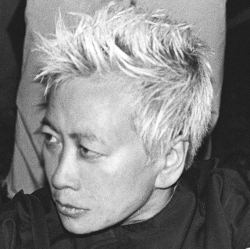
Over the past decade, she has emerged as a prominent figure in new media art. Cheang is one of the leading multimedia artists dealing with multidisciplinary studies. Her work is unique in allowing viewer interaction. She is most noted for her individual approach in the realm of art and technology, creatively intermingling social issues with artistic methods.
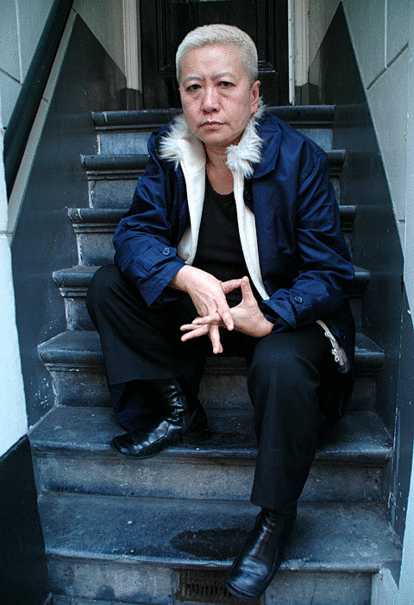
Cheang's art ranges in mediums such as film, video, net-based installation, and interface, which explore "...ethnic stereotyping, the nature and excesses of popular media, institutional - and especially governmental - power, race relations, and sexual politics." ("Shu Lea Cheang") Most recently, she has moved to 35mm feature filmmaking.

She has been a member of the Paper Tiger Television collective since 1981. Though originally based in New York, Cheang is currently living and working in Paris, France.
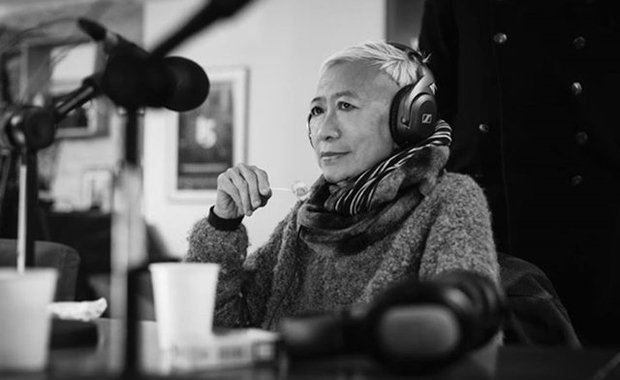
Uki enter the bionet by shu lea cheang at piksel in bergen
Notable works
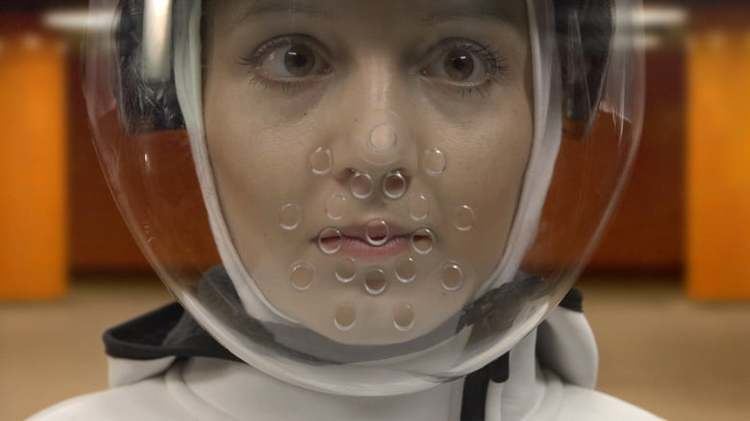
Bowling Alley (Cheang, Shu Lea. Bowling Alley. 1995. Walker Art Center, Minneapolis, MN) was Cheang's first cybernetic installation. Cheang collaborated with other Minneapolis artists to present a work which set to challenge the idea of what is personal and public, popular art and fine art by intertwining these oppositions.

Commissioned by the Walker and funded by AT&T New Art/New Visions, the installation linked Walker's Gallery 7, the city's community bowling alley Bryant-Lake Bowl and the World Wide Web. Bowling Alley mixed real-life with cyberspace to illustrate the similarities and differences of how people communicate with one another face-to-face and through the Internet.
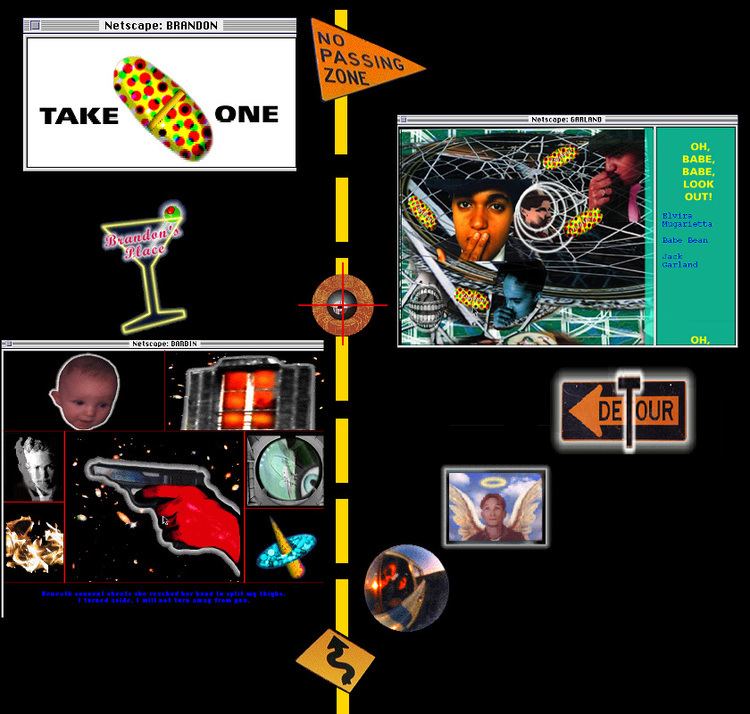
Another major Web-based project Cheang created was Brandon (1998–99). The one-year narrative project explored the issues of gender fusion and techno-body in both public space and cyberspace. The site gathers its name from Brandon Teena, a transman who was raped and murdered in 1993 after his biological sex was revealed. The Web-based art work was the first commissioned by The Solomon R. Guggenheim Museum in New York. It explores Brandon Teena's story in an experimental way that conveys the "fluidity and ambiguity of gender and identity in contemporary societies."
She directed the feature film I.K.U. (2000), a pornographic film which she claimed was inspired by Blade Runner, which was nominated for an International Fantasy Film Award.
Recent works
Cheang's Locker Baby Project (2001-2012) is a playfield of sonic imagery triggered only by human interaction. Her baby series project proposes a fictional scenario set in year 2030. The transnational DPT (DollyPolly Transgency) advances clone babies as an intelligent industry. The Clone Generation holds the key to unlock the networked inter-sphere of ME-motion (Memory+Emotion).
